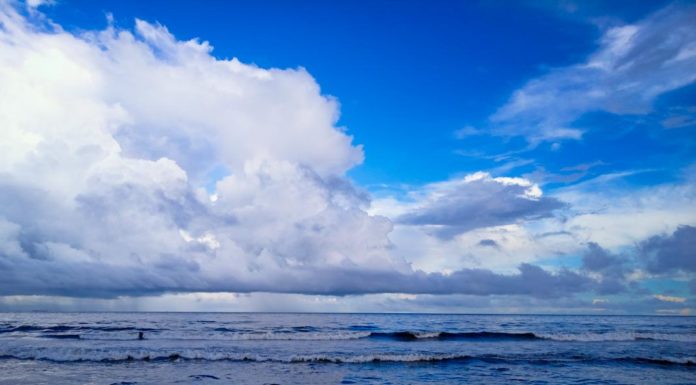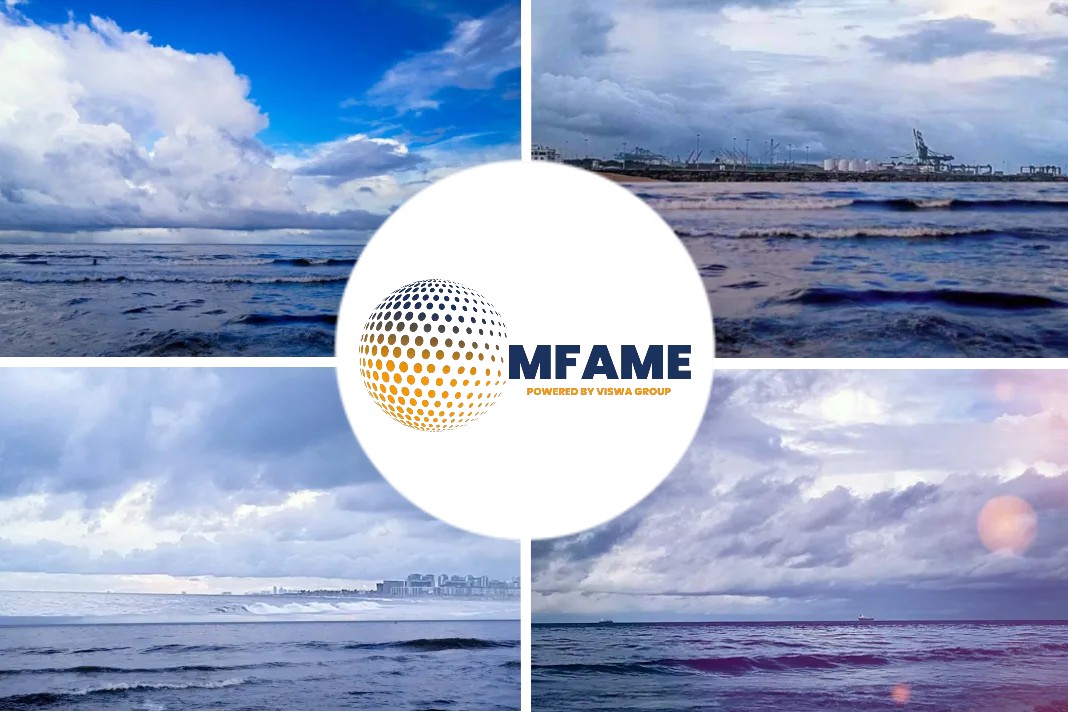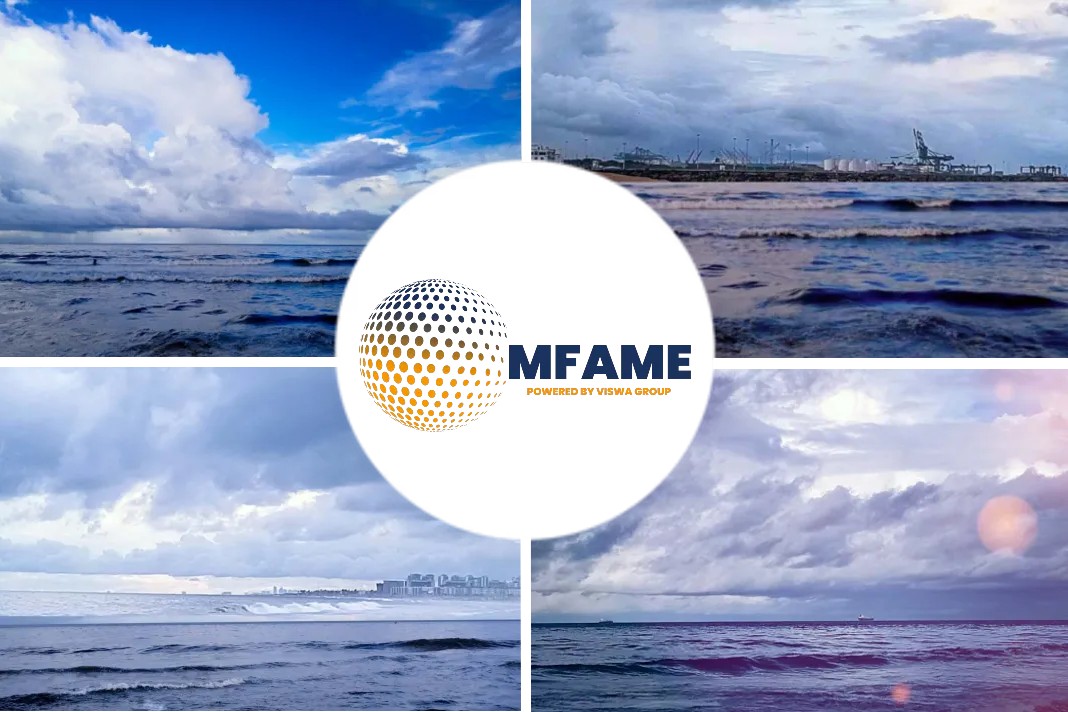One of the most worrying trends that have developed recently – which will affect shipping demand in the years to come – is the falling trade-to-GDP ratio, writes Peter Sand, Chief Shipping Analyst of BIMCO in an article published on their website as he explains how the drop can be explained by slowing globalisation, as well as increasingly protectionist measures being implemented around the world, spearheaded by the US.
The raised barriers to trade are here to stay as we enter a new decade, with the shipping industry stuck with the consequences, he adds.
Trade barriers
The trade war is the clearest example of these extra barriers to trade, and although a phase 1 deal was reached in December, the most difficult issues have yet to be addressed, and BIMCO therefore expects the trade war to continue to plague shipping
between the US and China in 2020.
Unfortunately, the US and China are not the only ones engaging in tariff wars: the EU also faces additional levies from the US and we are seeing trade tensions develop between Japan and South Korea.
The effects of the worsening of the fundamental shipping market balances this year will continue to be felt in 2020, as the balance is not reset to zero when the calendar year
changes. BIMCO continues to warn that the worsening balance between the supply of ships and demand will be detrimental to shipowners’ ability to pass on the additional costs associated with compliance of the new IMO 2020 Sulphur Cap. It will depend
on the freight rates to what extent additional costs can be recovered as these too are affected by market conditions; the better the market, the easier it is to pass on costs
Dry bulk shipping
The biggest concern for Capesize shipping in 2020 is the trend in China, where iron ore imports may fall for a third year in a row. The structural change in China’s steel production – using scrap steel in favour of imported iron ore – means that Chinese demand for iron ore can no longer be counted on to raise demand for Capesize ships, with imports having peaked in 2017.
For the dry bulk shipping industry, there is more bad news from China. Its soya bean imports have become an important part of the trade war and how it is viewed. But even aside from the trade war, the outlook for soya bean trades into China are weak. Demand will be considerably lower because of the largest-ever culling of pigs, which consume most of China’s soya bean imports.
It will take years for the Chinese pig population to return to pre-cull levels and, even then, lowering the soya content in pigs’ feed will have lasting consequences on these trades.
The high fleet growth in 2019 (4.1%) will continue to play out into 2020 when it is also expected to grow by more than demand.
The cumulative impact of these growth rates mean the gap between demand for shipping and supply of ships will continue to widen, putting pressure on freight rates throughout the year.
Tanker shipping
Crude oil tankers hit the headlines in 2019 because of geopolitical developments and the resulting record levels of freight rates; going into 2020, the fundamentals remain
unchanged.
As a result, after the seasonal boost fades away in the first quarter, the
high freight rates in the Very Large Crude Carrier-market are likely to disappear. This is because the market fundamentals worsened in 2019, with an eight-year-high fleet growth of 6.3%.
Fleet growth has also been high in the oil-product tanker market, with many owners hoping to benefit from the IMO 2020 Sulphur Cap and the boost that BIMCO expects it will bring to the oil-product tanker shipping industry.
The boost is on the back of new trades for the transport of compliant bunker fuels from the refineries to bunkering ports. While this boost will improve tanker earnings in the first three-to-six months of 2020, once the short-term boost fades away, the challenge
facing the market will be that the new ships will still be around and vying for cargoes in an already over-supplied market.
A major development expected in 2020 is for the US to become an annual net exporter of crude oil. The increasing proportion of global crude oil exports coming from the US is
good news for the tanker industry as it involves longer sailing distances to the Far East, where the major importers are compared to exports from the Middle East.
Container shipping
Imports of laden containers to the US West Coast declined in 2019 – the first time since 2011. There has been no visible frontloading of goods in 2019 and, with further tariffs having been narrowly avoided in December, BIMCO does not expect any frontloading boost to come in 2020.
Rather, the trade war, as it currently stands, will continue to drag down trade volumes and freight rates. Intra-Asian volumes remained flat in 2019 compared with 2018 – a
worrying trend, because without volume growth here, volumes on the longer haul routes out of Asia are unlikely to grow. Furthermore, global container shipping demand grew by just 1% in the first nine months of the year, a development which sparked
a flurry of blanked sailings.
Over the same period, the fleet has grownby 3.7%. The supply and demand
situation is clearly set to be way off-balance.
We will also continue to see many deliveries of ultra-large container ships (ULCS), sending relatively smaller ships onto other routes, an effect known as cascading. These smaller ships are not necessarily particularly small, however.
Some have capacities of more than 10,000 TEU and will enter trades where there is no appetite for them, adding further pressure to freight rates and bottom lines.
The trade multiplier could – in theory – return to healthier levels if protectionist measures are rolled back and free trade is once again allowed to develop at its natural pace.
This would be good news for shipping. Although the trade tensions are being led by the current US White House at the moment, they would not necessarily be turned around should the presidency change hands in November.
Did you subscribe to our daily newsletter?
It’s Free! Click here to Subscribe!
Source: BIMCO






















